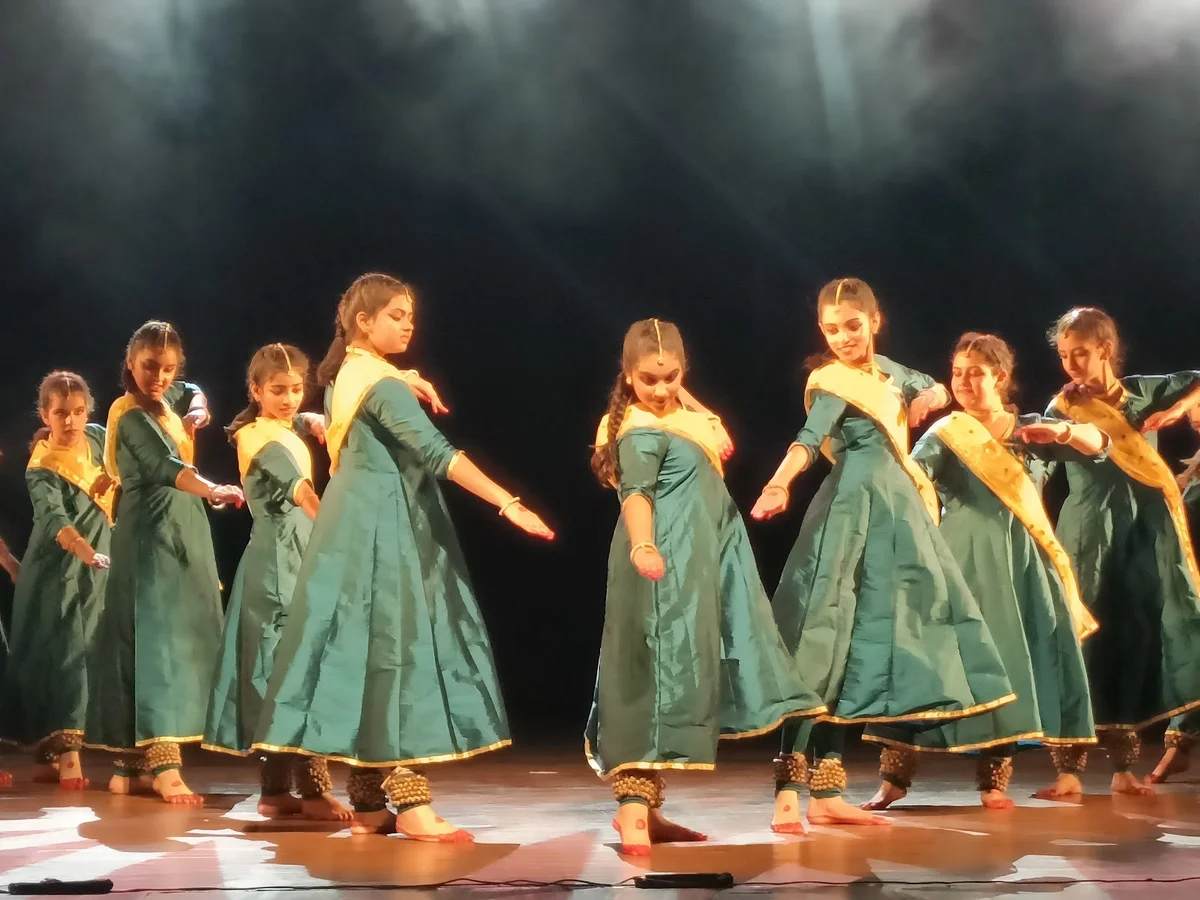Ancient Encounters
Kamani Auditorium Delhi
Mother Masala Tours
Stage for Diversity
Kamani Auditorium Delhi. Serving as an important landmark in the cultural landscape of the Indian capital. Established in 1972, it stands as a tribute to the flourishing performing arts scene in India. The venue is located in the Mandi House area, renowned for its role in theater and music. This setting has been fostered by a rich mix of history and creativity, offering valuable insights into artistic expressions that form an integral part of the city. The auditorium is named after the industrialist, Lala Kamani Prasad, who was a prominent supporter of the arts. With a seating capacity of approximately 800, the venue accommodates various performances, including plays, music concerts, and dance recitals.

Kamani Auditorium Delhi: Sacred Spaces
Stands out not only for its performances but also for a collection of artworks and artifacts that reflect the rich cultural heritage of India. The auditorium features several unique pieces that narrate stories of its importance in the arts community. The walls of the auditorium are adorned with vibrant murals and plaques that celebrate cultural icons and moments in Indian performing arts. These artifacts provide a connection to the illustrious history of theater, dance, and music in the country.
Ancient Mosaics: Impeccable Craftsmanship

The craftsmanship inherent in Kamani Auditorium in Delhi reflects a beautiful fusion of different disciplines. These elements come together to create a truly unique performing space for all to enjoy. The structure reveals high-quality materials and construction techniques, lovingly maintained since its opening in 1972. This dedication ensures its lasting beauty and functionality. An iconic butterfly roof design enhances the aesthetics, drawing the eye upwards. Importantly, this innovative roof greatly improves the acoustic properties. It ensures sound quality remains paramount, making every performance a pleasure for the ears.
The Pulse of the Local Community
Kamani Auditorium Delhi. The local community surrounding the Auditorium plays an essential role in its energy. Residents, artists, and art enthusiasts contribute to a welcoming atmosphere that enriches the overall experience at the venue. You will notice the warmth and enthusiasm that locals express towards artistic events, as they actively support various performances throughout the year. The auditorium acts as a cultural focal point, drawing individuals from diverse backgrounds who are passionate about the arts. This dynamic collaboration fosters creativity, allowing emerging talents to showcase their skills in a nurturing environment.
The Connection with the Gods

In India, when performers take the stage at places like Kamani Auditorium, they often seek blessings from specific deities. The foremost is Lord Nataraja, a form of Shiva, celebrated as the cosmic dancer and patron of all performing arts. His energy inspires rhythm and movement. Artists also worship Saraswati, the Goddess of knowledge, music, and creativity, for skill and wisdom. Additionally, Krishna, known for his divine flute music, is revered. Before any performance begins, prayers are offered to Ganesha for a smooth performance, ensuring all obstacles are removed. This spiritual connection deepens the artistic expression.
Ancient Technologies: Sound, Sacred Geometry & Astrological Influences
The design of Auditorium incorporates principles that enhance acoustics and the auditory experience of performances. The layout of the auditorium supports sound waves, ensuring that every note and dialogue is delivered clearly to the audience. This incorporation of sound technology draws upon principles observed in historical venues. The structure itself reflects a careful consideration of spatial relationships, enhancing the auditory experience while allowing for natural resonance within the space. The craftsmanship involves not just aesthetic considerations but also the understanding of how sound interacts with physical structures.
Serendipitous Meetings: Beyond the Main Path

Exploring the area around the Auditorium often leads to delightful discoveries. The vicinity is home to small craft shops, local galleries, and performance venues, each contributing to the cultural richness of the area. Here we find artisans creating traditional Indian handicrafts, from handwoven textiles to intricate pottery, and have the chance to learn about their work and heritage. Walking around the Mandi House area reveals the hidden local arts scene. These wonderful spots offer unique souvenirs and artistic insights. Each corner holds a new surprise, revealing the vibrant creativity of local artists.
Resilience and Renewal: Overcoming Adversity’s Challenges
The history of the Auditorium reflects the resilience of the arts community, particularly in the face of challenges and changes over the decades. In the years following its establishment in 1972, Delhi experienced substantial political and social shifts that affected the performing arts landscape. Yet, the auditorium persisted as a vital platform for theater and performance, adapting to the evolving cultural context. In the 1980s and 1990s, when many cultural institutions faced funding issues and dwindling attendance, Kamani continued to thrive due to strong community support and commitment to arts programming.
India - Beyond Ordinary Moments, Join Us

You’re invited to join us in exploring the wonders of Kamani Auditorium, a cultural exravaganza in the heart of Delhi. We will delve into its deep cultural significance, showcasing a vibrant array of engaging performances from classical dance to contemporary theatre. Discover the creative spirit that animates this essential venue, making it a cherished space for both artists and audiences alike. As we walk through these corridors, we will uncover the powerful stories and traditions that connect us all to the rich cultural heritage of Delhi, India. Every visit provides for new insights and inspiring moments. The architecture itself tells a story of dedication and artistic vision.
Symphony of Generosity: Offerings from Wanderers to Residents
The relationship between local residents and those who engage with Kamani Auditorium Delhi enriches both the cultural landscape and community atmosphere. Local artists benefit from exposure and opportunities to collaborate with other creatives, while the residents enjoy a shared sense of pride in their artistic heritage. As attendees enjoy performances, they contribute to a culture of support and appreciation for the arts, fostering an environment that encourages continued artistic expression. This reciprocal relationship ensures that the rich traditions of performance art are preserved and passed down through generations.